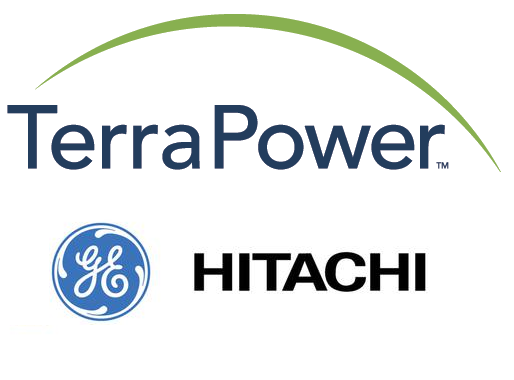Part 4 of 4 Parts (Please read Parts 1, 2 and 3 first)
Urenco has investigated the possibility of building a facility that could produce HALEU that would be located at the site of Urenco’s existing uranium enrichment facility in New Mexico. The project could be constructed for between four hundred million and six hundred million dollars and would save on costs by sharing personnel and infrastructure with the existing facility. It would take about six or seven years from the start of the license approval process to the production of the first batch of HALEU.
However, those steps are not going to be put in motion before there is a clear, identifiable commercial market for HALEU. Schnoebelen said, “It would be a significant business risk to invest the money to make HALEU if there weren't customers to take it in the long-term.”
Advanced reactors need to have a stable supply of HALEU in order for the commercialization of their technology to be possible. However, there needs to be a commercial market demand for HALEU fuel in place before the HALEU supply can get off the ground. Matthew Corradini is a professor emeritus at the University of Wisconsin. He said, “It's a chicken and egg situation.”
One solution that has been proposed by the NEI is for the federal government to create the HALEU market by offering to sign long-term purchase contracts for HALEU with uranium enrichment companies. The contracts would give the fuel suppliers the certainty that if they invested in new equipment and spent the time and money acquiring new licenses and building separate facilities, they would have the federal government as a buyer at the end of the process. This approach was discussed by Everett Redmond who is an NEI Senior Technical Advisor.
Another policy that might help would be to make more spent nuclear fuel available to enrichment facilities so it can be recycled into HALEU. One way to get more spent nuclear fuel would be to remove it from the U.S. Navy reactors used in nuclear submarines, said DeWitte.
So far, despite the pro-nuclear pressure in Washington, the DoE has only taken “small stems” to make domestic HALEU market a reality according to Redmond. For its fiscal year 2022 budget, the DoE is requesting thirty-three million dollars for the creation of HALEU. Supporters of HALEU fuel production say that the thirty three million dollars is far from enough to help develop the HALEU infrastructure in the U.S. to meet the expected growth in demand from advanced reactors.
Redmond said, “We recommended $200 million; $33 million is a good start, but we don't think it is enough to get a strong program.”
The DoE is aware that the situation for HALEU supply is urgent, said a DoE spokesperson. The agency is working to determine the steps needed to create a sustainable HALEU supply by requesting information from stakeholders and preparing a report to submit to Congress.
Most federal private investment into advanced nuclear has gone into determining how the reactors can operate safely and efficiently. For example, the DoE has an ongoing project to build what is called a Versatile Test Reactor (VTR). This will be a fast neutron spectrum testing facility that is intended to determine how the additional neutron irradiation in non-light-water designs could damage instruments and components inside a reactor.
Those research efforts are expected to take years. The VTR is not expected to be complete until 2026 at the earliest. Even if the VTR is successful in demonstrating the operational safety of new reactors, it does not address the fuel supply issue.
DeWitte said, “We can talk about how great it would be to have advanced reactors, but you have to have fuel for them.”
